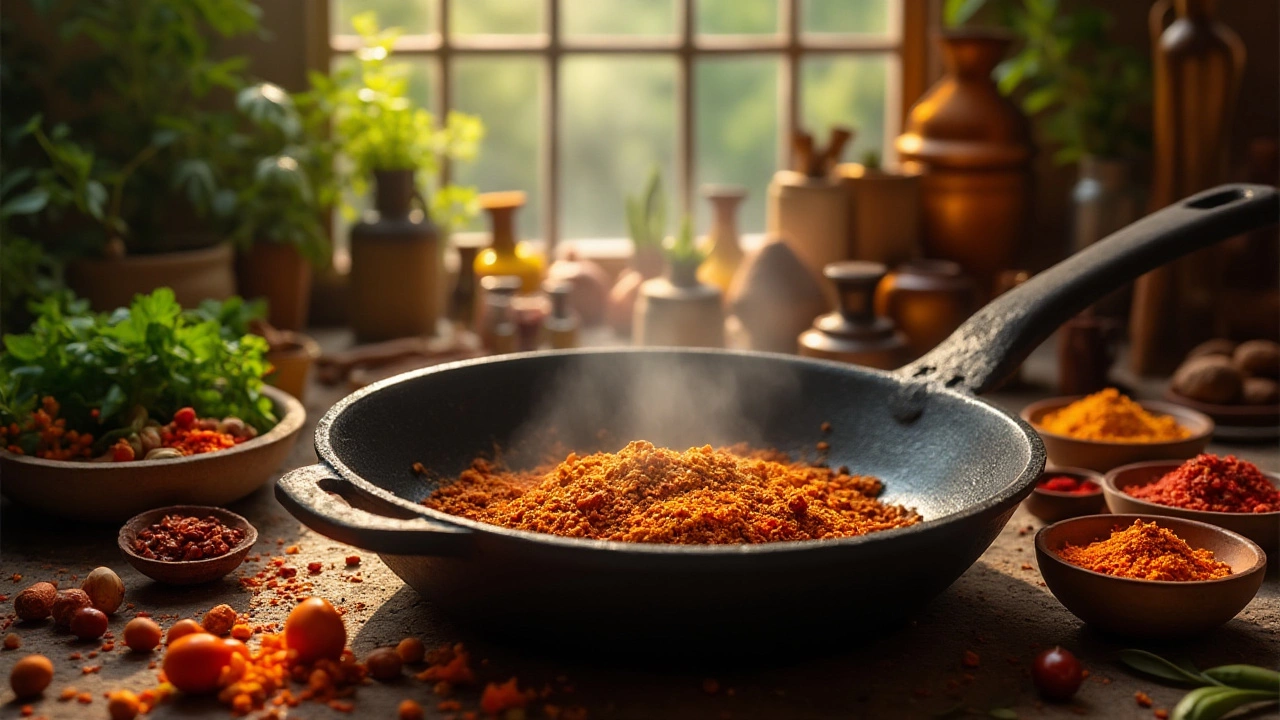
Understanding Fond: The Flavor-packed Brown Bits at Pan's Bottom
Fond, the delightful brown bits sticking to the bottom of a pan after cooking, are culinary treasures. These flavorful remnants transform dishes by adding depth and umami when deglazed properly. Understanding how to utilize fond in sauces and gravies can elevate everyday meals into gourmet experiences. With a few easy techniques, home cooks can master the art of harnessing fond's full potential. This guide explores the creation, use, and benefits of fond in the kitchen.
View More